➢ Social media post:
Social media design is the practice of creating visuals for social media platforms such as Instagram, Facebook, TikTok, Twitter, and more. This includes posts, stories, profile images, graphics, and other visuals to help support your contant strategy.


Social media design is important because it helps create brand recognition and adds to the overall aesthetic of a page or profile. It can also be used to make posts stand out in a crowded feed or to capture the attention of potential followers.
➢ Ad creatives:
Ad creative, also known as mobile ad creative when related to mobile devices, refers to the visual and textual elements of an advertisement designed to capture the target audience’s attention and persuade them to take specific action. Creative ad plays a crucial role in determining the success of an advertising campaign, as it helps attract more clicks, generating higher engagment rates and ultimately leading to more conversions.



Ad creative may include images, videos, animations, text, and other interactive elements to convey a message and promote a product or service. A great ad creative helps catch the attention of your readers, educates your readers about what you’re offering and who you are.
Most importantly, it guides them to taking the next steps to convert from a lead to a customer.
➢ Carousel design
Also known as sliders, galleries, and slideshows, web carousels let you display text, graphics, images, and even video in one interactive, “sliding” block. They’re a great design option for grouping content and ideas together allowing you to form visual relationships between specific pieces of content.


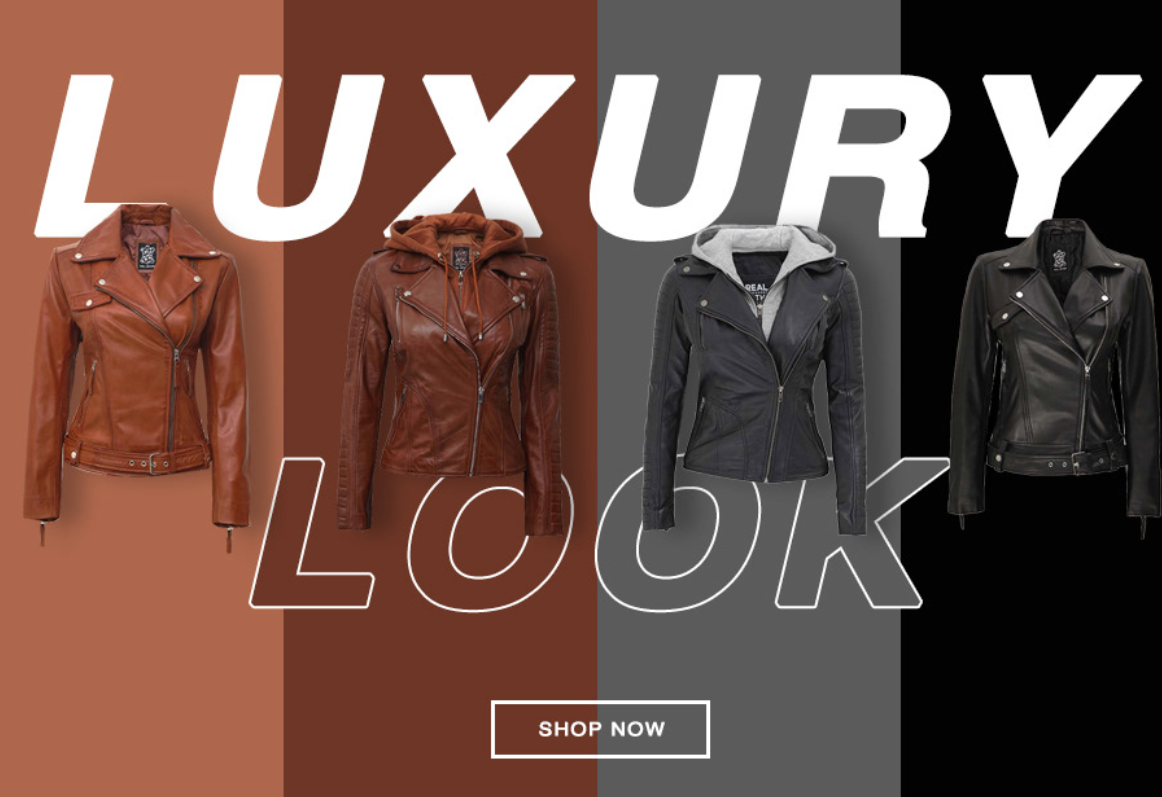
This makes web carousels a perfect fit for highlighting related products on e-commerce websites, showcasing featured projects on a design portfolio, or even cycling through interior and exterior shots of a home on a real estate website. Yet, they’re not always the best choice.
Many designers fault them for impeding load times and taking away from the flow of a design. Yet, like anything design related, when used sensitively web carousels can break up content in a way that’s easier to navigate. Here’s a brief overview of web carousel design—from cutting-edge examples and ideas to the best practices that ensure an excellent user experience.
Packaging design
Packaging design is the connection of form, structure, materials, colour, imagery, typography, and regulatory information with ancillary design elements to make a product suitable for marketing.”
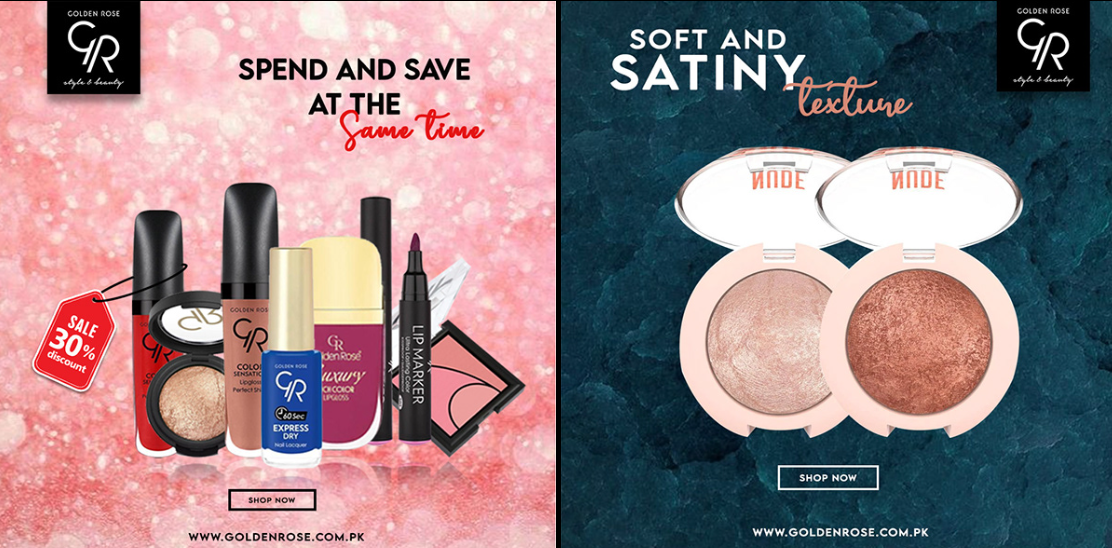


To put that into a simpler form:
Your packaging is an element of your marketing strategy.
It needs to:
➢ Appeal to a well-defined buyer person
➢ Promote your product’s unique selling point
➢ Communicate your brand’s identity
Below is an example of how Coco & Eve and their branding agency use their packaging to remind the customer that they’ve made the right choice.
➢ Website banners
Website banners are digital remarketing ads displayed on third-party websites like ecommerce sites, blogs, and online news websites. The cost-per-click (CPC) is lower than Google search or Facebook ads, but the click-through rate (CTR) is also lower. The web banner overview and examples below show how you can use web banners for remarketing to increase revenue, build brand awareness, and drive website and landing page traffic.
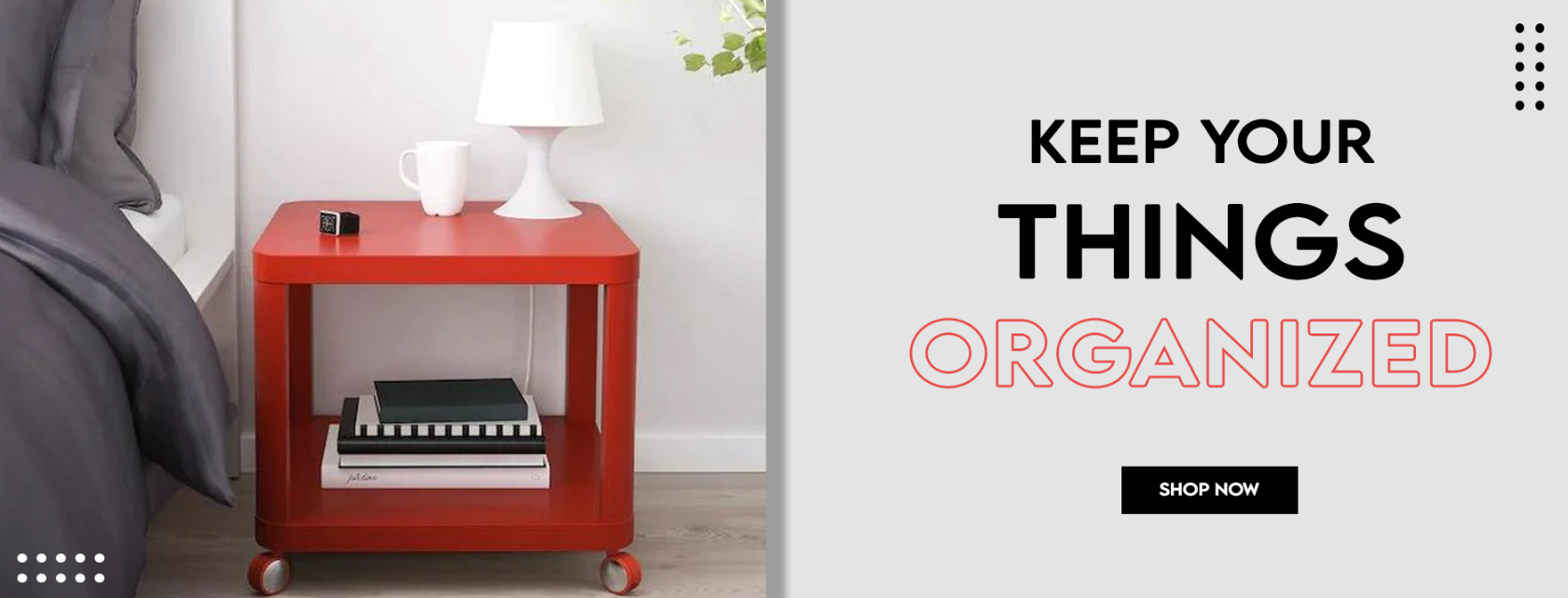

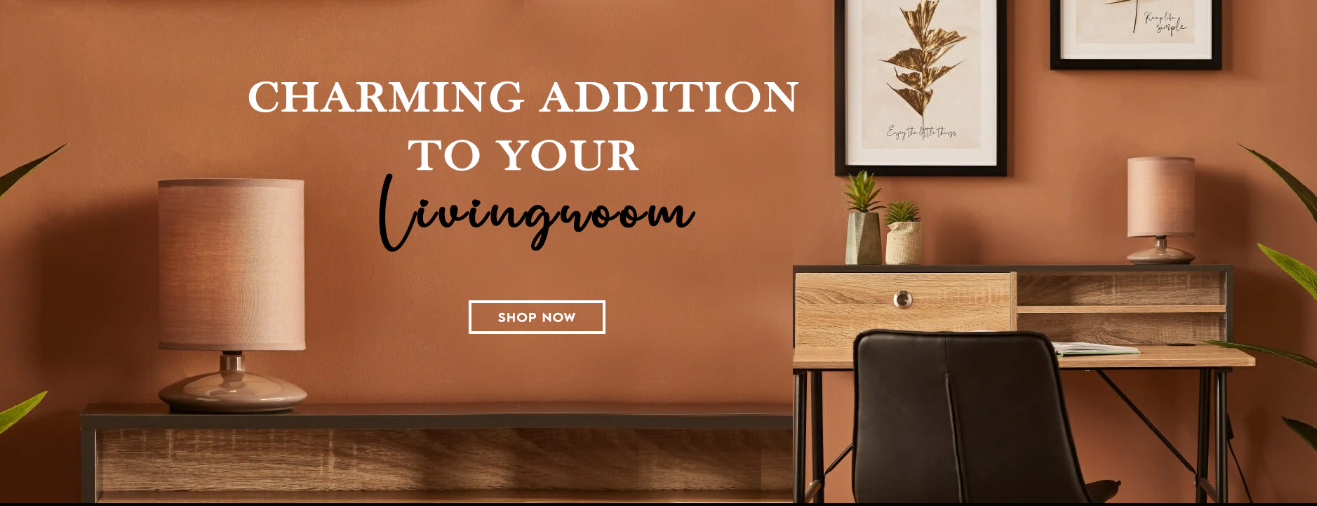
A web banner, or banner ad, is a form of online advertising delivered by an ad server, like Google Ads or
Microsoft Ads. Its purpose is to direct traffic to a specific page on the advertiser’s website that is designed to convert leads. In most cases, the format of a web banner will be a static or animated graphic displaying a company’s logo, tagline, or call-to-action message.
However, banner ads can also include more extensive text, images, flash animation, or other rich media to better capture visitors’ attention. The banner ad is then embedded, typically near the top of a web page where it can be seen by the majority of site visitors for easy interaction.
➢ Flyer Design
Flyer design refers to the process of creating visually appealing and informative promotional materials, typically in the form of a single-page printed or digital document. Flyers are commonly used for advertising events, products, services, or causes and are distributed in various ways, such as handing them out in public spaces, posting them on community bulletin boards, or sharing them online. Effective flyer design should capture the audience’s attention, convey essential information, and encourage the desired action, whether it’s attending an event, making a purchase, or supporting a cause.



Brochure Design
A brochure is a folded document that presents information in a segmented, easy-to-digest way. Brochures are similar to other printed documents, but with key differences. Like pamphlets, they are informational, but brochures are designed to advertise a particular brand, product or service. Unlike flyers and posters, brochures are folded into sections, so they can retain their size but present more information.



In previous decades, making a brochure was far more complicated, requiring long lead time and crossdepartmental cooperation to bring together photography, hand-drawn elements, and typography. A design would go through several physical drafts before the final version was painstakingly created. Changes weren’t easy to implement, either. Today, one person can create a brochure from scratch using modern design software, and the brochure can easily be tweaked and edited to perfection.
➢ Brand stationery


Brand stationery is more than a piece of paper. It’s the element that consolidates your visual identity and helps you stand out in front of your customers. Moreover, it also helps your business look more credible and professional. When the market is brimming with competitors, these are important aspects that explain the importance of brand stationery.
- Ensures that Your Visual Identity Stands Out
- Helps You Make a Great First Impression
- Let the Details Do the Talking
→ Common Brand Stationery Examples
Pens Notepads Postcards Letterheads and Envelopes Calendars
→ Brand Stationery: The Details that Make a Difference
Stationery items have been the unsung heroes of great branding. They might seem unnecessary in our digital world, but they definitely make a difference to help you advance your brand identity. The most important aspect of brand stationery is the personalization you can add. There are plenty of tools out there that can easily customize the format and fields of your stationery according to your needs. And once you have the desired outline, you can use them to add your branding elements and contact information in order to enhance brand awareness and recognition.
Merchandising Design
Merchandising design is the process of creating visual displays and presentations of products in a way that is appealing and engaging to customers.
It involves designing and arranging products, displays, and signage to effectively communicate the brand’s message and entice customers to make a purchase. Merchandising design encompasses a wide range of elements, including:
➢ Product layout
➢ Product Packaging Design
➢ Signage
➢ Lighting
➢ Music and scents in a store
One component of merchandising is visual merchandising, which uses colors, lighting, and decor to generate interest. To illustrate how this applies to a brick-and-mortar store,
➢ listing images Design:
Overview. Using photos to help describe the items you are selling provides customers with useful information and is especially helpful for describing the condition of used and collectible items. You can upload up to 6 photos to display as part of each listing.
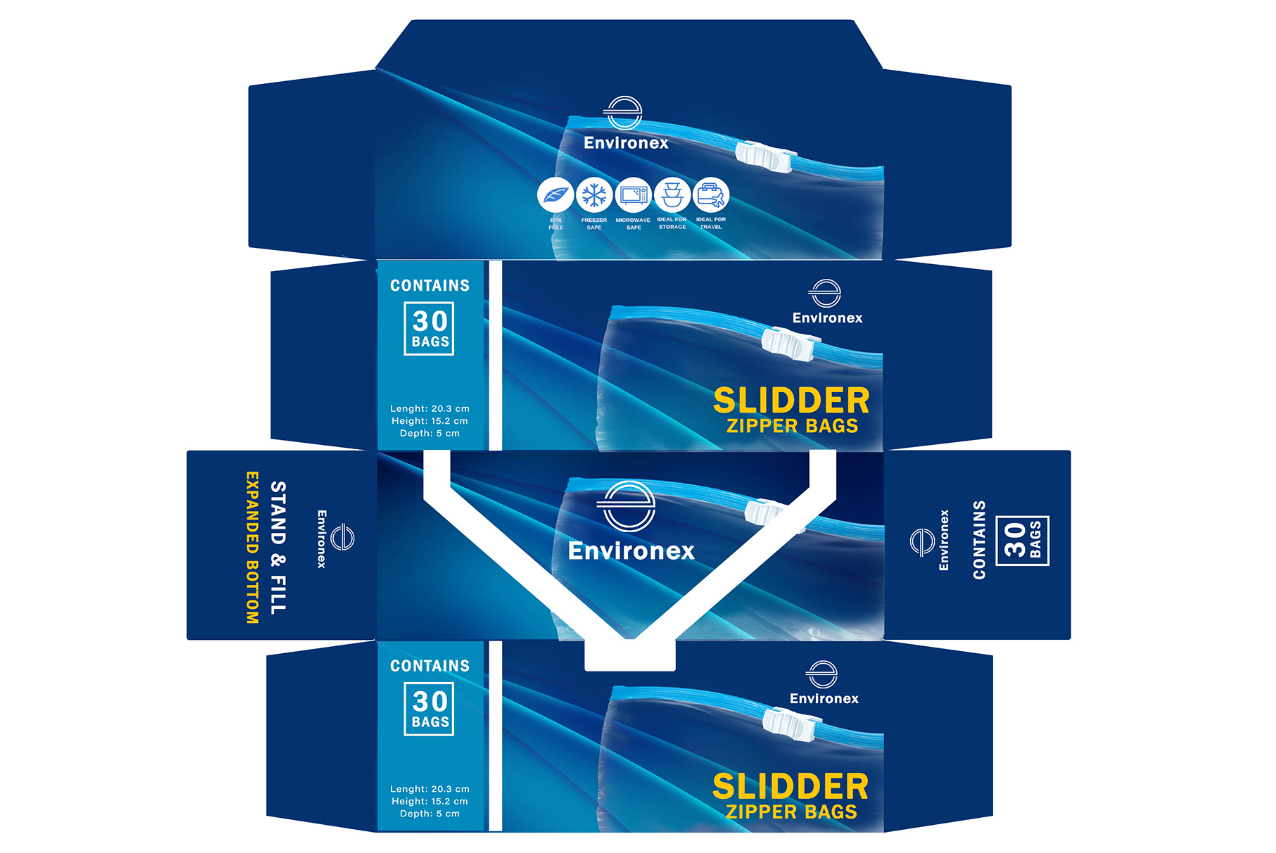
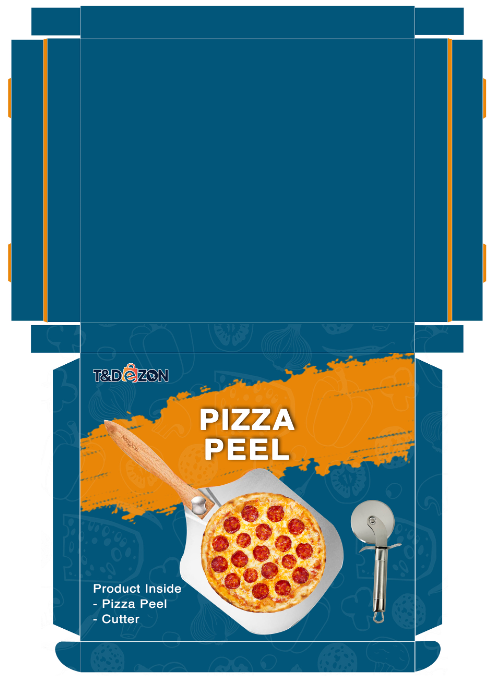


Our brain accepts nearly 90% of external communications through visual effects. Thus, it is not surprising that an online seller would like to go for product photography to woo the target audience. If you talk about online shoppers, they always prefer product photography rather than any written product content.
➢ EBC Content Design (Enhanced Brand Content):
Amazon Enhanced Brand Content (EBC) is a premium content feature that enables sellers to showcase their products through enhanced image and text placements on Amazon.
→ BENEIFTS
The benefits of Amazon EBC include: standing out from your competition and attracting buyers’ eyes to your products, reducing the bounce rate from your product listings, conveying more information to customers to increase conversion rate, providing a more seamless user experience and optimizing for mobile devices.
→ What Are My Amazon EBC Template Options?
There are currently 5 Amazon EBC template options: 8 images + 4 text placements, 1 header image + 8 additional images + 4 text placements, 2 images + 2 text placements, 1 header image + 5 additional images + 6 text placements or 1 image + 1 text placement.
➢ Brand Story
Brand storytelling is the process of creating a series of plot points to build an emotional connection between a brand and its target audience.
A brand story is a summary of your company’s history, mission, purpose, and values, with a narrative structure that brings it to life.
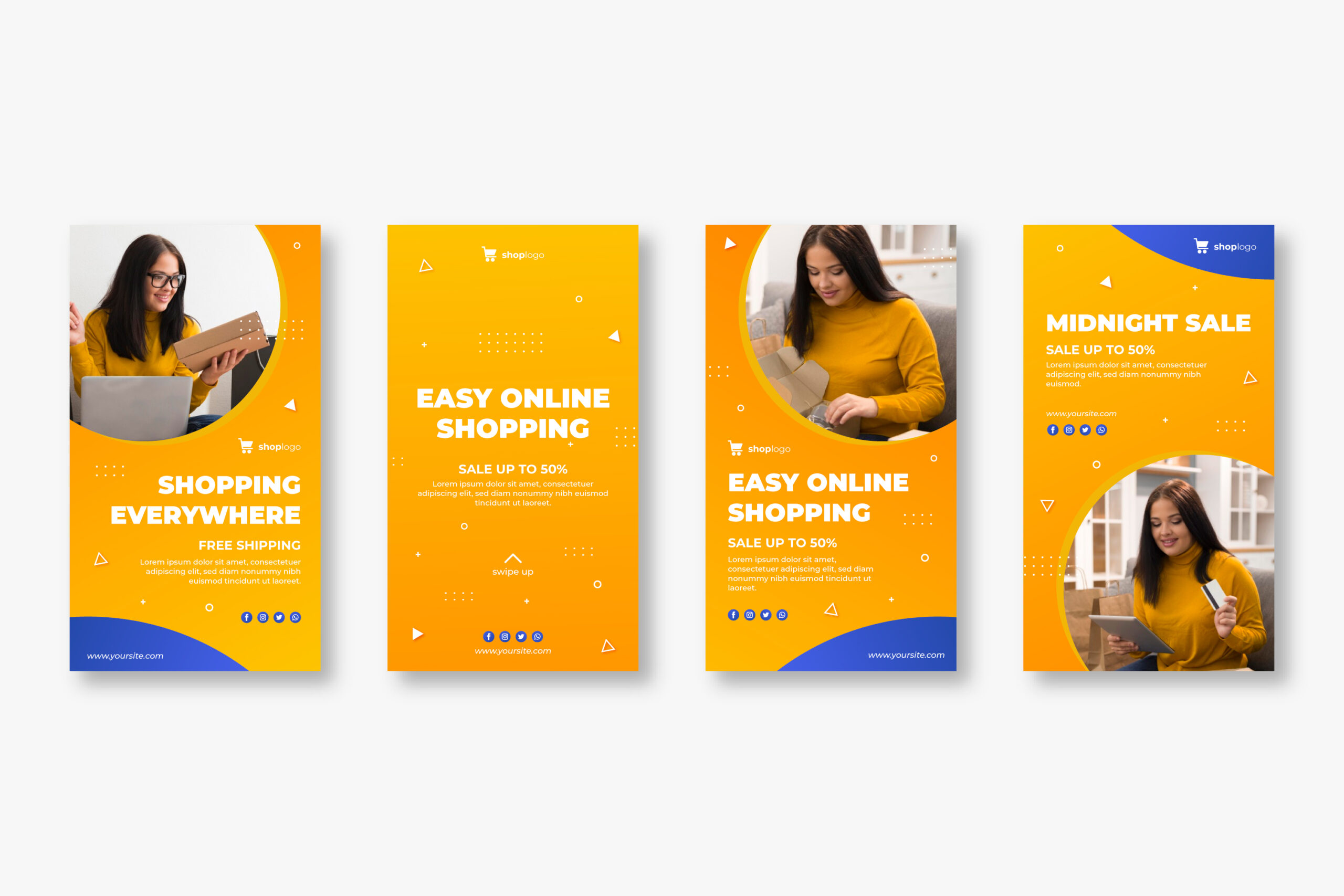
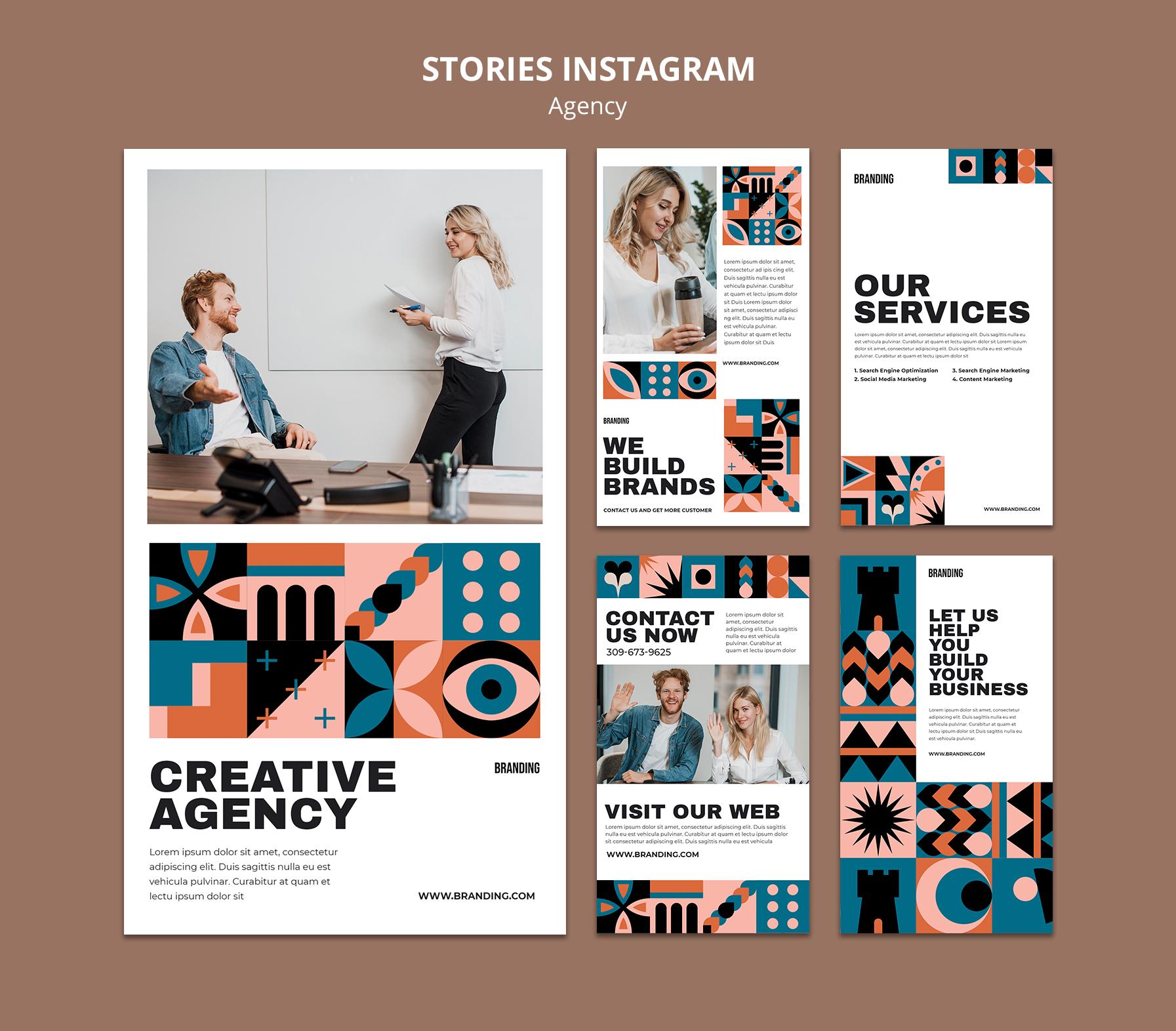
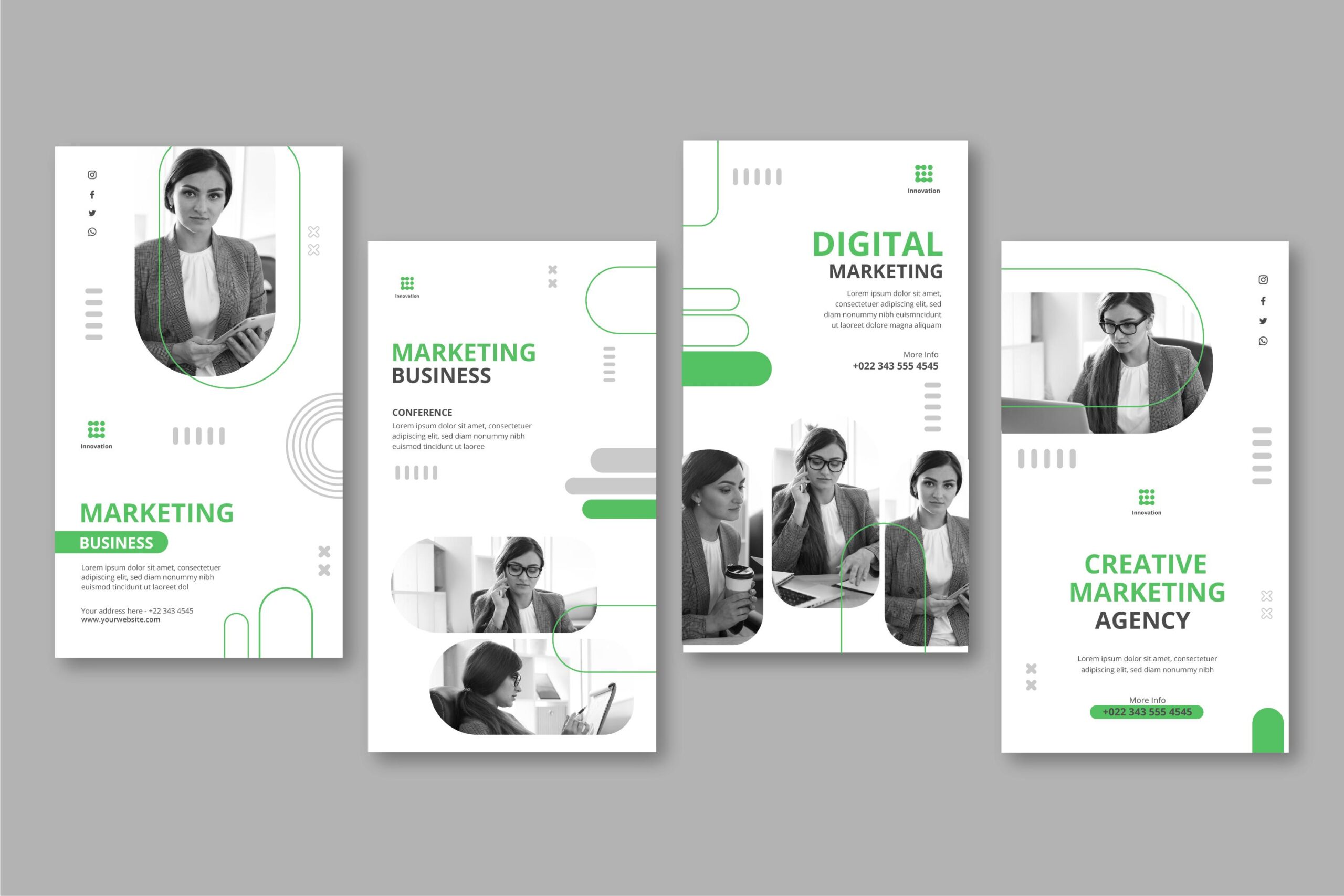
→ Why Does Brand Storytelling Matter?
Brand storytelling explains your values and engages with potential customers who share them.
Psychologist Jerome Bruner found people are 22 times more likely to remember details when stories communicate messages rather than just facts and numbers.
Customers who share your value are more likely to be loyal to your brand.
A study in the Harvard business review ound emotional connections are significant drivers of brand loyalty. They are also one of the best indicators of future customer value.
Besides, brand storytelling complements SEO strategies when it comes to getting your content noticed and ranked well by search engines.

 +1 347 748 1507
+1 347 748 1507

